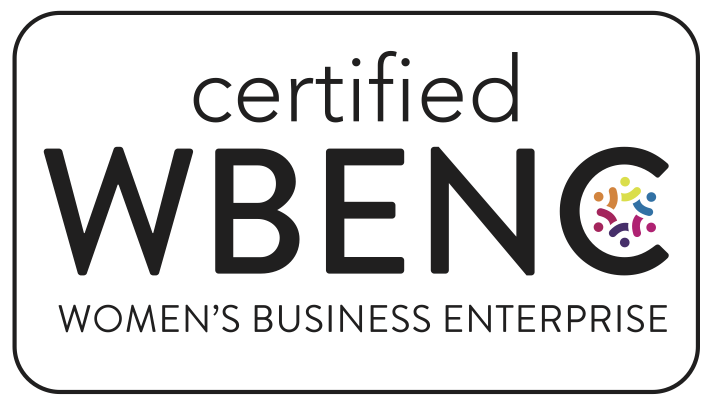An organization has a skills gap when a tension exists between what it needs to accomplish and what its employees are capable of doing. To some degree, most organizations find themselves in this situation today, thanks to factors such as the retirement of older workers, economic changes, and the continued lightning-fast evolution in technology. By examining some key data points about the skills gap, though, companies can be better prepared to understand its significance and take steps to address it.
The skills gap could create an $8.5 trillion revenue deficit by 2030
A study by Korn Ferry found that the skills gap could lead to an $8.5 trillion deficit in global revenue by 2030, with the United States suffering a hefty portion ($1.748 trillion) of that loss on its own.1 This is a significant amount of money for companies to leave on the table, particularly when many are already scrambling to reinvent themselves in a postpandemic, remote-friendly world.
A skills gap isn’t the same as a people gap: there are plenty of job seekers right now, but companies still struggle to find candidates with the skills they need. To address the skills gap, leaders must rethink not only how they hire and train their workers but also what professional development they use to keep their top talent engaged while ensuring that organizations’ skills needs are filled. With employees already indicating that professional growth opportunities can make or break a decision to come on board and stay long-term with a new company, companies cannot afford to underestimate the value of investing in skills and workforce training
Less than half of workers feel supported by their companies’ skill development opportunities
It’s clear that professional development is a major differentiator in efforts to retain top talent, yet many companies still fail to offer those opportunities to their employees. A large portion of the workforce feels that their organizations do not support their efforts to achieve professional growth. In fact, only 47 percent of the employees surveyed in one recent study indicated that they “think that their company is making a significant investment in their professional development.”2 This low number indicates a missed opportunity for employers, especially those that struggle to fill positions as the skills gap worsens.
In particular, companies will need to explore technology training for all employees, not just those in the IT department. Digital transformation has created more demand for technology skills, even within middle-skill jobs. In addition, employers also desperately need employees who have mastery in soft skills such as communication, problem solving, and conflict management.
Because technology changes rapidly, a new employee’s technical skills can become outdated just a few years—or even a few months—into their tenure. At the same time, it’s challenging to find well-developed soft skills in new hires, particularly those new to the job market. With these two possible shortfalls in mind, companies have more incentive than ever to provide skills training tailored to their current employees’ needs and career paths.
Nearly half of companies have no strategic plan to address skills gaps internally
Although an organization can make significant strides toward reducing skills gaps by taking a strategic approach to human resources, a significant number of companies fail to do this. (In fact, in 46 percent of organizations, “HR is primarily an operational department, with little or no strategic outlook or role.”3) Organizations can address skills gaps more strategically by partnering with talent management and career advancement firms that have extensive experience in developing internal advancement opportunities for current employees.
In addition to reducing the skills gap (especially in areas such as technology skills and soft skills), this approach can yield several other benefits:
- It helps a company build a workforce to meet its current needs without having to compete for “unicorn” candidates.
- It reduces employee churn, which can cost a company anywhere “from one-half to two times the employee's annual salary.”4
- When a company does need to make an external hire, it can offer professional growth opportunities as a workplace differentiator.
The growing skills gap doesn’t have to be an unsolvable problem. Talent leaders can take charge through strategic hiring practices and a clear professional development strategy. This approach also offers myriad opportunities for employers to innovate and improve plans for hiring and internal mobility.
1 Korn Ferry. 2018. “Future of Work: The Global Talent Crunch.” Korn Ferry website, www.kornferry.com/content/dam/kornferry/docs/article-migration/FOWTalentCrunchFinal_Spring2018.pdf.
2Michael Schrage et al. 2020. “Opportunity Marketplaces: Aligning Workforce Investment and Value Creation in the Digital Enterprise.” Deloitte Review, issue 7, www2.deloitte.com/content/dam/insights/us/articles/6771_deloitte-review-27/DI_Deloitte-Review-27.pdf.
3Thomas A. Stewart et al. 2017. “Help Wanted: How Middle Market Companies Can Address Workforce Challenges to Find and Develop the Talent They Need to Grow.” National Center for the Middle Market website, www.middlemarketcenter.org/Media/Documents/how-to-find-and-develop-middle-market-company-employees_NCMM_Workforce_Development_FINAL_web.pdf.
4Shane McFeely and Ben Wigert. 2019. “This Fixable Problem Costs U.S. Businesses $1 Trillion.” Gallup website, March 13,www.gallup.com/workplace/247391/fixable-problem-costs-businesses-trillion.aspx.

